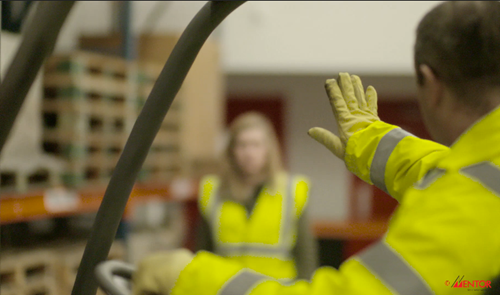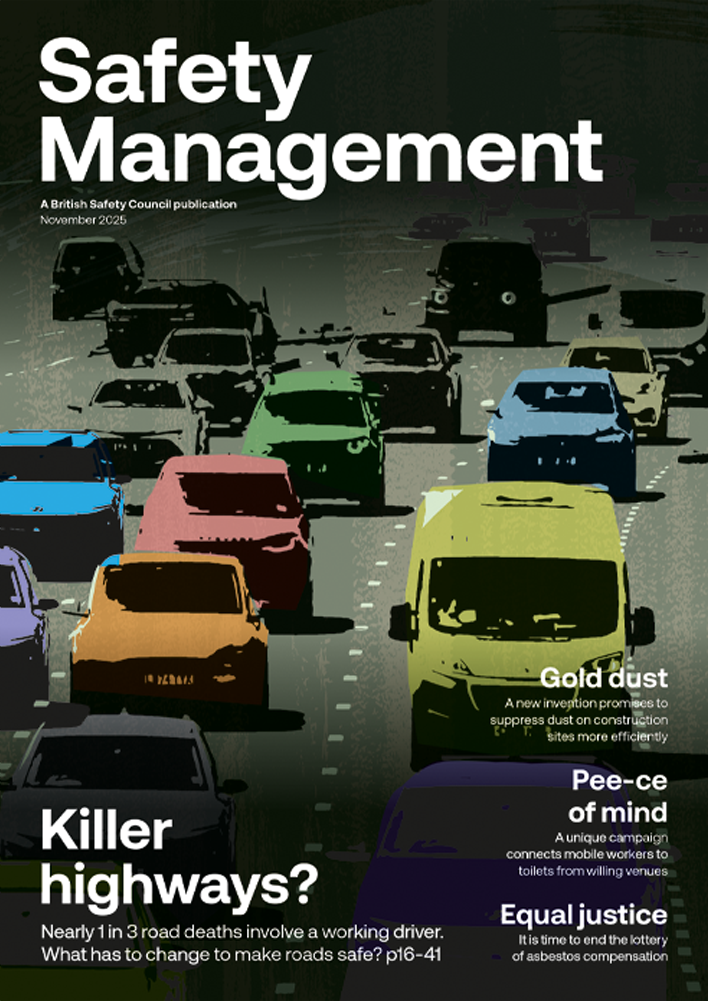Although leaders may have a clear idea about how to achieve an excellent health, safety and wellbeing culture, unless they properly communicate this vision to everyone, managers can struggle to understand how to align their teams and day-to-day work with the expected goals, causing health, safety and wellbeing to suffer.
Features
Are you a leader or manager? Are organisations missing the mark on health, safety and wellbeing?
At Tribe, we often meet clients who use the terms leader and manager interchangeably. When organisations blur this line, they miss a crucial chance to equip managers with the tools they need to create safer, healthier and happier teams.
 Photograph: iStock/kupicoo
Photograph: iStock/kupicoo
Both roles are essential, but they’re not the same. Leaders and managers contribute differently to shaping a strong health, safety and wellbeing culture. Assuming someone becomes a ‘leader’ just because they’ve been appointed a manager? That’s a big oversight.
Understanding these differences is a game-changer for organisations looking to transform their culture. While leaders inspire, guide and influence, managers focus on organising, controlling and ensuring processes are followed.
Leaders create the vision; managers deliver it
A big difference between leaders and managers lies in their focus and how they operate.
Leaders set the direction. They have a vision, see the bigger picture and aim for long-term goals. A great leader imagines what the organisation could achieve in health, safety and wellbeing, then shares that vision in a compelling way to inspire others.
True safety leaders are forward thinkers and motivational communicators, always weighing risks and opportunities. They ask questions like, “Where do we need to be culturally?” or “What do we want to be known for in health, safety and wellbeing?” They share their answers with inspiring examples.
Managers turn that vision into reality. They focus on the present – planning, delivering and keeping operations on track. Managers care about meeting short-term goals and ensuring day-to-day work is done safely and on time. When leaders set the right tone, managers make it happen. Otherwise, a manager might simply ask, “Are we hitting our delivery targets?”
Why the disconnect happens
One common issue we see at Tribe is leaders who don’t clearly communicate their vision for health, safety and wellbeing. They assume it’s obvious, leaving managers to interpret things their own way. This gap can lead to inconsistent approaches, which is why we focus on creating memorable messaging to bring that vision to life.
Leaders motivate, managers create stability
Another key difference between leaders and managers is how they interact with their teams. While both roles involve working with people, their approaches differ in motivation, authority and communication styles.
Leaders motivate
Leaders focus on inspiring their teams and creating excitement about contributions. They work to empower individuals, helping them discover their strengths and develop their potential to achieve the shared vision. Instead of dictating tasks, leaders encourage innovation and creativity, giving people the freedom to make decisions and take ownership of their work. Through clear direction, energy and encouragement, leaders bring out the best in their teams.
Managers maintain stability
Managers focus on ensuring tasks are completed in line with established processes and standards. They assign responsibilities, set deadlines, monitor progress and provide feedback to keep things on track. Their approach fosters stability and predictability, so everyone knows exactly what’s expected and when it needs to be done.
Leaders build culture, managers rely on technical skills
Another distinction lies in the skillsets needed for each role. While both require a mix of competencies, they emphasise different areas of expertise.
Leaders create psychological safety
Effective leaders excel in emotional intelligence and empathy – they’re skilled at understanding and managing their own emotions while navigating the dynamics of their teams. This helps them foster a psychologically safe environment where people feel valued, included and supported. When teams feel safe, and part of something bigger than themselves, collaboration improves, trust grows, and progress towards a mature safety culture accelerates.
 Kanthi Ford is lead consultant at Tribe Culture Change. Photograph: Tribe Culture Change
Kanthi Ford is lead consultant at Tribe Culture Change. Photograph: Tribe Culture Change
Managers drive operational success
Managers rely heavily on their technical proficiency, whether it’s in operations, finance or project management. They need a strong grasp of their team’s work to allocate resources effectively, troubleshoot issues and meet objectives. However, when managers lack this understanding, it often results in unrealistic goals and undue pressure, putting health, safety and wellbeing at risk.
Coaching: a must for leaders and managers
Both leaders and managers play vital roles, but they can’t reach their full potential without adopting a coaching mindset. It’s not just about telling people what to do – it’s about explaining, demonstrating and engaging. Coaching fosters individual and team growth, shared learning, and a psychologically safe workplace.
For organisations aiming to build a strong health, safety and wellbeing culture, striking the right balance between leadership and management is essential. Leaders must clearly articulate their vision and lead by example. Managers, in turn, need to understand that vision and align their teams with it. Without this alignment, focus drifts, motivation wanes, and safety suffers.
Case studies
Energy sector
In a Cultural Maturity Assessment for an energy company, Tribe identified a reactive safety culture with frequent incidents. The root cause? Managers lacked awareness of the leadership’s safety aspirations and the technical needs of their teams. Tribe recommended health, safety and wellbeing workshops, and group and individual coaching alongside technical training. The result was greater awareness and a significant drop in incidents.
Telecoms sector
For a telecoms company, Tribe conducted a Cultural Maturity Assessment and found a proactive safety culture undermined by scheduling pressures and a lack of alignment between leadership vision and managerial practices.
Tribe designed interactive workshops for all leaders and managers, focusing on a motivational safety vision and the importance of including everyone in the journey. We emphasised the risks of neglecting health, safety and wellbeing and encouraged greater empathy for colleagues. The feedback was overwhelmingly positive and lost-time incidents decreased as a result.
Kanthi Ford is an experienced leadership coach, culture and behaviour expert. An acclaimed author, her most recent book is called Bias Impacts: How Culture and Diversity Affects the Leadership Journey.
For more information see:
T: +44 (0)1253 444100
FEATURES

Targeting dust in construction
By Belinda Liversedge on 30 October 2025
Rohan Jindal was cycling to college in Dehli where he was studying engineering, when he had to stop. Not because of the hot sun beating down, but because he couldn’t breathe. And although asthmatic, that wasn’t the trigger. Looking all around he saw construction sites emitting large clouds of dust. This was his ‘a ha’ moment. “What,” he asked himself “do they do in construction to supress the dust?”

Paper vs digital – how CFTS is revolutionising work equipment inspections for members
By Rob Fisher, CFTS on 30 October 2025
A new mobile app makes it easier for CFTS-accredited businesses to manage the delivery of Thorough Examinations of customers’ work equipment, but it also benefits the customer through automated reminders about the safety of their machine and the results of the examinations.

Keeping people safe around material handling equipment at peak times
By Andy Cartwright, Mentor FLT Training on 30 October 2025
For many businesses, the Christmas and New Year period sees increased use of equipment like forklifts as customer demand, sales and goods handling surge, so it’s essential that measures like adequate segregation of people and machines are in place to keep everyone safe.



